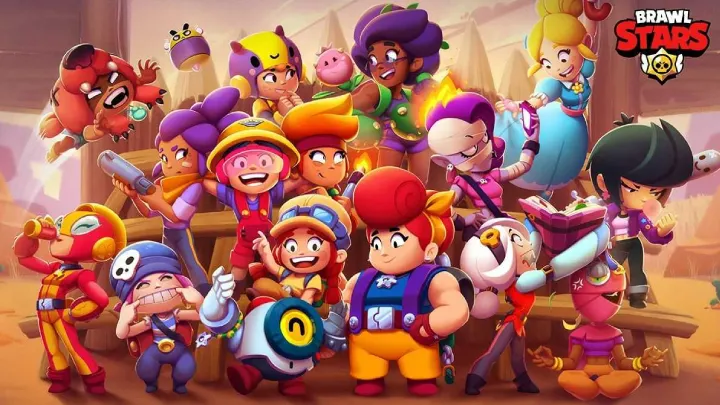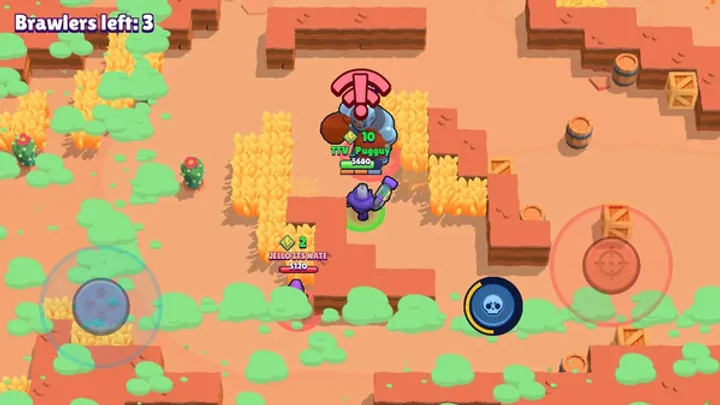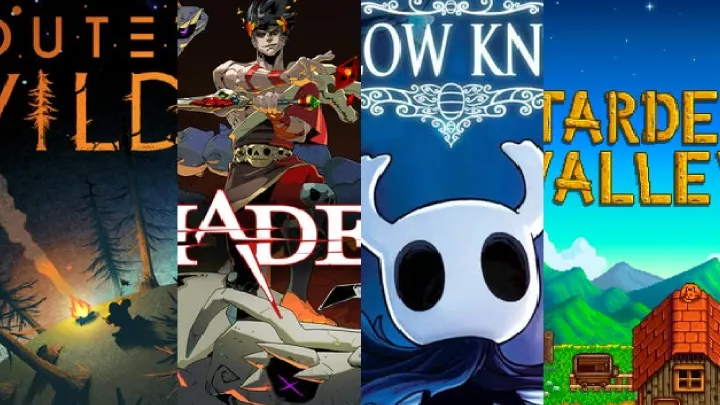Summoners War has been a cornerstone of the mobile RPG genre for over a decade, attracting millions of players worldwide with its combination of monster collection, tactical battles, and deep progression systems. At its heart lies the rune system, the lifeblood of every monster’s power. Yet, over time, one issue has become the single most frustrating barrier to enjoyment and competitive fairness: the grind-heavy, luck-driven system of rune farming. This article dives deep into how rune farming has evolved, why it has remained problematic, and how it continues to shape the entire Summoners War ecosystem.
The Origins of Rune Farming in Summoners War
In the early days of Summoners War, rune farming was simple but punishing. Players entered Cairos Dungeon repeatedly, with the hope of acquiring runes that not only dropped at all but also rolled with usable stats. The drop rate was low, and often, players ended up with runes far below the standards needed for mid-to-endgame content.
This early design decision had an immediate impact: it forced players into an endless loop. With no alternative sources of powerful runes, progress became dependent on both time and luck. This set the tone for years of frustration and debate.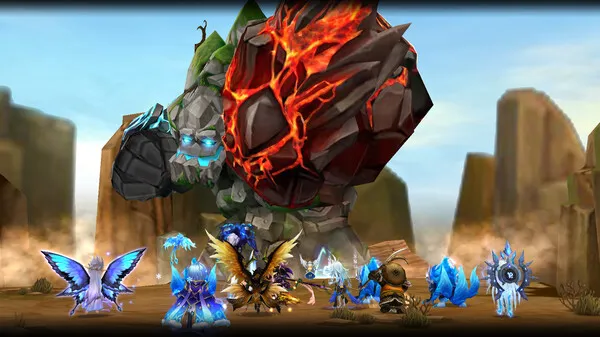
The Expansion of Dungeons and Rune Variety
As the game matured, Com2uS introduced new dungeons like Necropolis and Rift Beasts, alongside more rune sets. This expansion added variety but also complexity. Suddenly, players weren’t just farming for “any good rune,” they were farming for specific sets such as Violent, Will, or Rage.
The problem compounded: while variety gave more tactical choices, it also multiplied the grind. Players needed different sets for PvE, PvP, and Guild Wars, and acquiring these sets with proper stats became almost an impossible demand for free-to-play users.
Violent Runes: The Balance Nightmare
One of the most hotly debated rune sets in the game is the Violent rune. By granting additional turns, Violent runes created incredible unpredictability in combat. A monster that took an extra turn at the right moment could completely shift the outcome of a battle.
This unpredictability not only affected gameplay but also the rune farming experience itself. Because of their power, Violent runes became a near-necessity for many monsters. This forced players to focus heavily on farming them, deepening the grind while also contributing to competitive imbalance.
The Endless Grind and Player Burnout
Rune farming became synonymous with Summoners War. Thousands of runs through Cairos or Rift dungeons became the daily routine of players around the globe. However, the more players farmed, the more they realized that progress wasn’t guaranteed. A 6-star rune might drop, but with terrible substats. A promising rune might roll flat defense instead of speed.
This relentless grind created a psychological toll. Many players reported burnout, feeling that their time investment rarely yielded fair returns. The RNG-heavy rune farming loop became one of the leading reasons for player churn, despite the game’s otherwise rich content.
The Rune Reappraisal System: A Half-Solution
Recognizing the community’s frustration, Com2uS eventually introduced the Reappraisal Stone system, allowing players to reroll the substats of a rune. At first, this was celebrated as a step in the right direction. However, the cost of acquiring reappraisal stones was steep, and the results remained bound by RNG.
Players often spent dozens of stones on a single rune, only to end up with equally poor stats. While reappraisal gave hope, it did not fundamentally solve the problem of time-consuming, luck-driven rune farming. Instead, it added another layer of grind.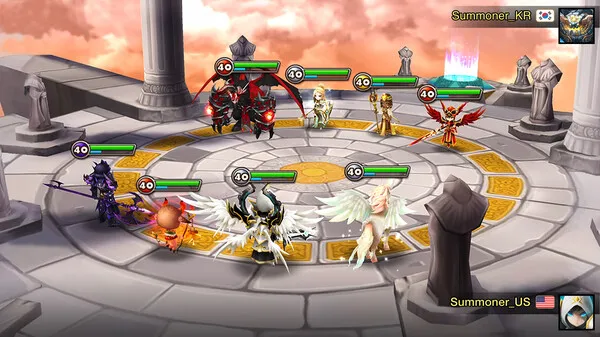
Competitive PvP and the Rune Divide
Rune farming has had its most visible impact in the PvP scene. Arena, Guild Wars, and World Arena all demand monsters equipped with top-tier runes. For whales willing to spend thousands of dollars, rune farming could be supplemented with energy refills and event packs, accelerating progress.
For free-to-play players, however, the divide became insurmountable. Even with perfect strategy and monster synergy, undergeared players stood little chance against those with rune quality several tiers higher. This imbalance turned PvP into a contest not just of skill, but of resource access and RNG luck.
Community Backlash and Player Voices
Throughout the years, the Summoners War community has been vocal about rune farming. Forums, Reddit, and Discord servers have hosted endless debates about whether Com2uS should overhaul the system. Many players have suggested solutions, including:
Community Suggestions
- Guaranteed Stat Rolls: Ensuring runes always roll into relevant stats.
- Rune Crafting Expansion: More accessible crafting options beyond limited grinds.
- Fairer Drop Rates: Increasing the likelihood of quality runes in late-game dungeons.
Despite these ideas, changes have come slowly. The frustration remains a defining aspect of the game’s reputation.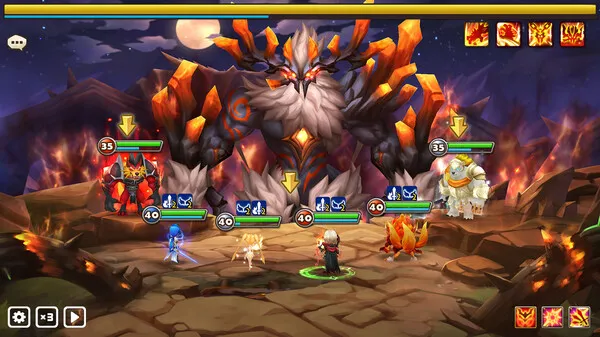
The Shift Toward Rune Crafting and Artifacts
In an effort to diversify progression, Com2uS introduced rune crafting and later, the artifact system. Rune crafting allowed players to build specific sets, while artifacts provided additional stat customization. At first, these systems seemed to alleviate pressure from rune farming.
However, the problem persisted: crafting materials required heavy grinding, and artifact rolls were subject to the same RNG frustrations. Instead of reducing the reliance on luck, these systems layered additional grinds on top of an already demanding progression structure.
The Future of Rune Farming in Summoners War
Looking ahead, the rune farming dilemma remains central to Summoners War’s long-term health. As the game enters its second decade, the player base is split: some embrace the grind as part of the game’s identity, while others see it as the reason for decline in active participation.
For Com2uS, the challenge is to modernize without alienating the core design. Systems like deterministic crafting, guaranteed stat upgrades, or even new rune alternatives could reinvigorate the experience. Yet, as of today, rune farming continues to define whether players stay, quit, or invest money.
Conclusion
Rune farming in Summoners War is not just a side activity—it is the backbone of progression, competition, and frustration. From its origins in Cairos Dungeon to the modern layers of crafting and artifacts, the grind-heavy and RNG-driven nature of rune acquisition has shaped the community and the game’s reputation. While steps like reappraisal stones and crafting have been introduced, none have fully solved the underlying issue. For Summoners War to thrive into its next decade, the balance between grind, luck, and player satisfaction must be addressed more decisively.










